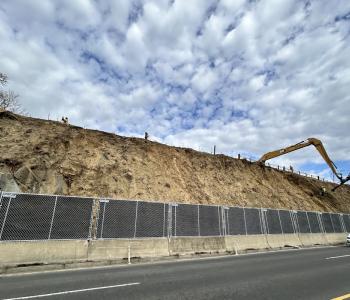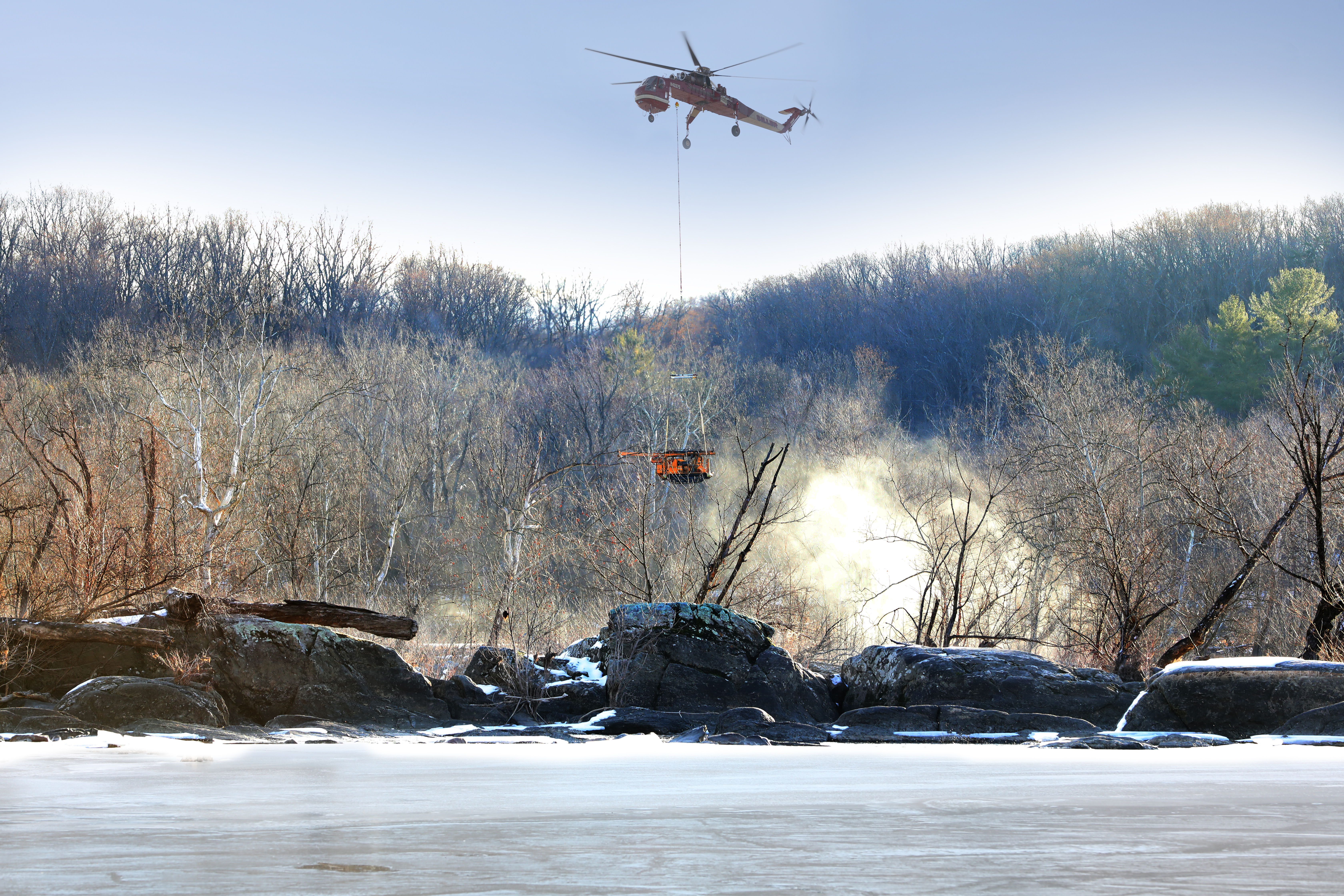Proactive Notification of Possible Controlled Emergency Sewage Overflow into Beaverdam Creek and Anacostia River

Sewage Overflow at WSSC Water’s Anacostia Wastewater Pumping Station in Capitol Heights May Occur to Avoid Sewage Overflow in Northeast, D.C. Neighborhood Following Failure of DC Water’s 108-Inch Diameter Sewer Main
DC Water’s 108-Inch Diameter Force Main Carrying Flows from WSSC Water’s Anacostia Wastewater Pumping Station Collapsed on Sunday, July 20 in Northeast, D.C. Neighborhood
Possible Overflow at Pumping Station to Protect Homes Adjacent to Pipe Collapse in Northeast, D.C.
Situation Communicated to Maryland Department of the Environment, DC Water, D.C. Department of Energy and Environment and U.S. Environmental Protection Agency
Potential for Rain in the Region Will Be Key Factor in an Overflow Occurring
If Overflow Occurs, Sewage will Enter Beaverdam Creek, Which Flows into
Anacostia River – Signs Will Be Posted Urging Residents to Avoid These
Waterways for up to 30 Days
WSSC Water’s and DC Water’s Drinking Water Systems Not Impacted
Contacts:
For Potential Overflow Questions:
Lyn Riggins, WSSC Water
301-206-4002
For Pipe Collapse/Repair Questions:
John Lisle, DC Water
John.Lisle@dcwater.com
202-787-2616
Laurel, Md. – July 27, 2025 – There is the potential for a controlled emergency sewage overflow beginning as early as this evening at WSSC Water’s Anacostia Wastewater Pumping Station (WWPS) located at 1700 Andalusia Lane, Capitol Heights in Prince George’s County to avoid sewage overflowing in a Northeast D.C. neighborhood.
If the controlled emergency overflow occurs, untreated sewage will enter Beaverdam Creek, which flows into the Anacostia River in Capitol Heights, right on the Maryland/Washington, D.C. border. Signs will be posted along these waterways warning residents to avoid contact for up to 30 days if the overflow occurs. Residents are encouraged to share this information with anyone who comes in contact with the creek and/or river.
If the overflow occurs, updates will be shared to include the start time, volume and when the overflow ends.
WSSC Water’s and the District’s drinking water systems are not impacted by the overflow.
Why the Controlled Emergency Overflow is Necessary: Protecting Homes/Residents in Northeast D.C.
WSSC Water’s Anacostia WWPS pumps approximately 60-65 million gallons of sewage per day into the District of Columbia’s 108-inch diameter Anacostia Sewer Force Main, which collapsed Sunday, July 20, in Northeast Washington, D.C. in the area of Anacostia Avenue, N.E. and Ponds Street, N.E. near the entrance to the Kenilworth Aquatic Gardens. Following the collapse, DC Water made public notification of untreated wastewater overflowing in that area.
DC Water is working to repair the sewer main and installed retaining walls to contain wastewater flow during dry weather, but due to the potential for rain in the region, wastewater flows will increase to the Anacostia WWPS, sending substantially more sewage into the Anacostia Sewer Force Main located in the District. To avoid an overflow of sewage into streets and residential areas in Northeast, D.C., the decision was made to potentially allow a controlled emergency overflow at the WWPS into Beaverdam Creek/Anacostia River, thereby protecting homes and residents in D.C. WSSC Water does have the ability to store approximately 7 million gallons of wastewater at the Anacostia WWPS. That storage will be utilized before allowing a controlled emergency overflow.
WSSC Water has communicated with Maryland Department of the Environment, DC Water, D.C. Department of Energy and Environment and U.S. Environmental Protection Agency.
Purposefully overflowing at the WWPS will also help protect the containment area DC Water installed at the repair site.
It is important to note, an overflow would NOT affect drinking water provided by WSSC Water or the District’s drinking water system. The drinking water intakes for both WSSC Water and the District are located on the Potomac River, which is not near this site.
WSSC Water’s Anacostia WWPS pumps wastewater from approximately 113,000 WSSC Water customer accounts (homes and businesses) in Montgomery and Prince George’s counties, including Colesville, Beltsville, College Park, Greenbelt, New Carrollton, Hyattsville, Bladensburg, Langley Park as well as portions of Laurel, Landover, Takoma Park, Silver Spring, Wheaton, Aspen Hill, Burtonsville and Olney. When people in these areas use water, wastewater is sent to the WWPS and into the 108-inch diameter Anacostia Sewer Force Main, located in the District and transported for treatment at the Blue Plains Advanced Wastewater Treatment Plant. Rain can significantly increase wastewater flows. Overflowing at the Anacostia WWPS serves as a last resort to stop or significantly reduce wastewater overflows in Northeast D.C. while DC Water repairs the collapsed 108-inch diameter Anacostia Sewer Force Main.
Appropriate notifications have been made to Maryland Department of the Environment, D.C. Department of Energy and Environment, Prince George’s County Health Department, and U.S. Environmental Protection Agency.
# # #







